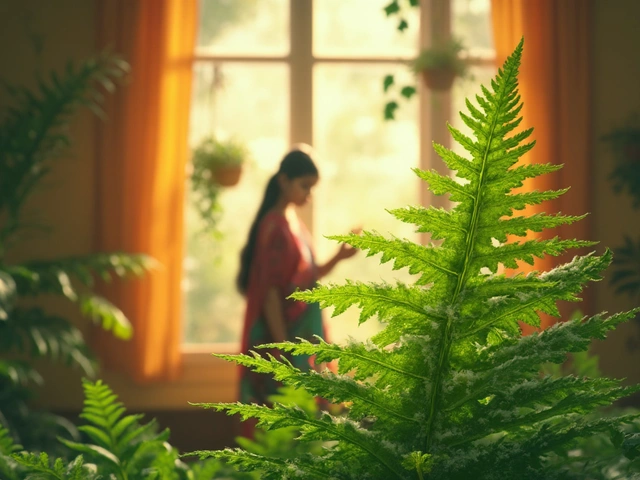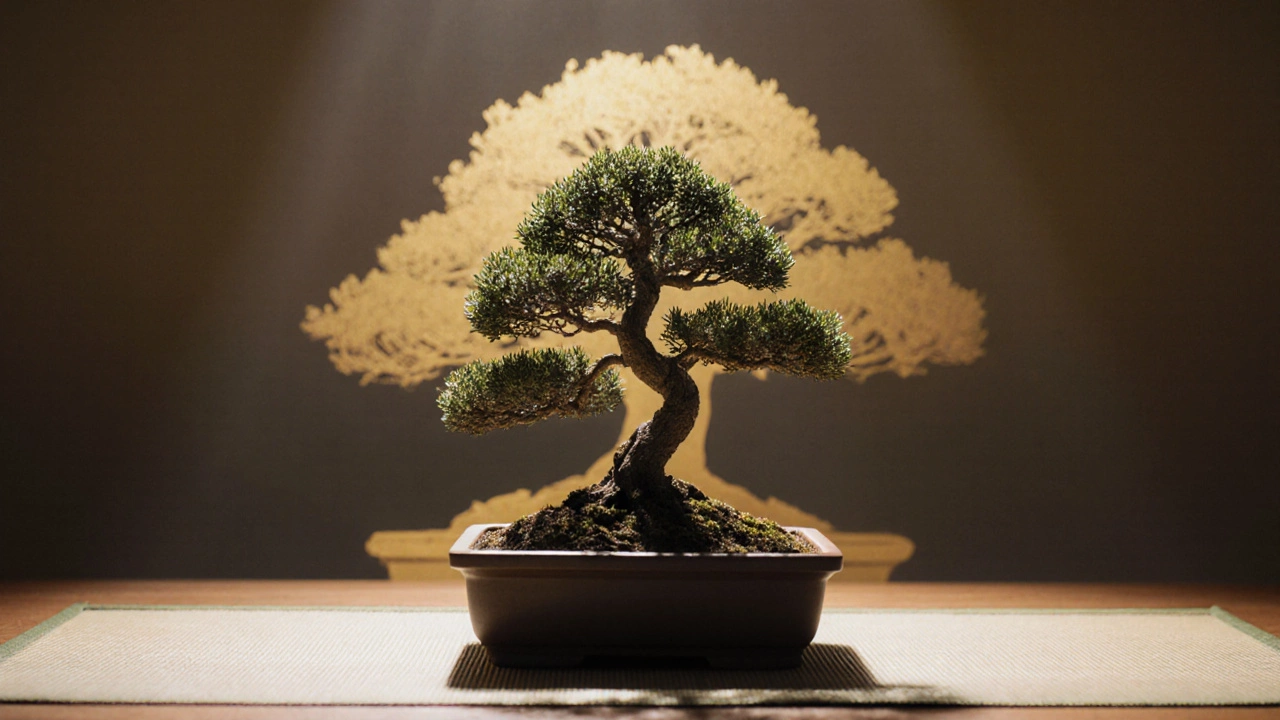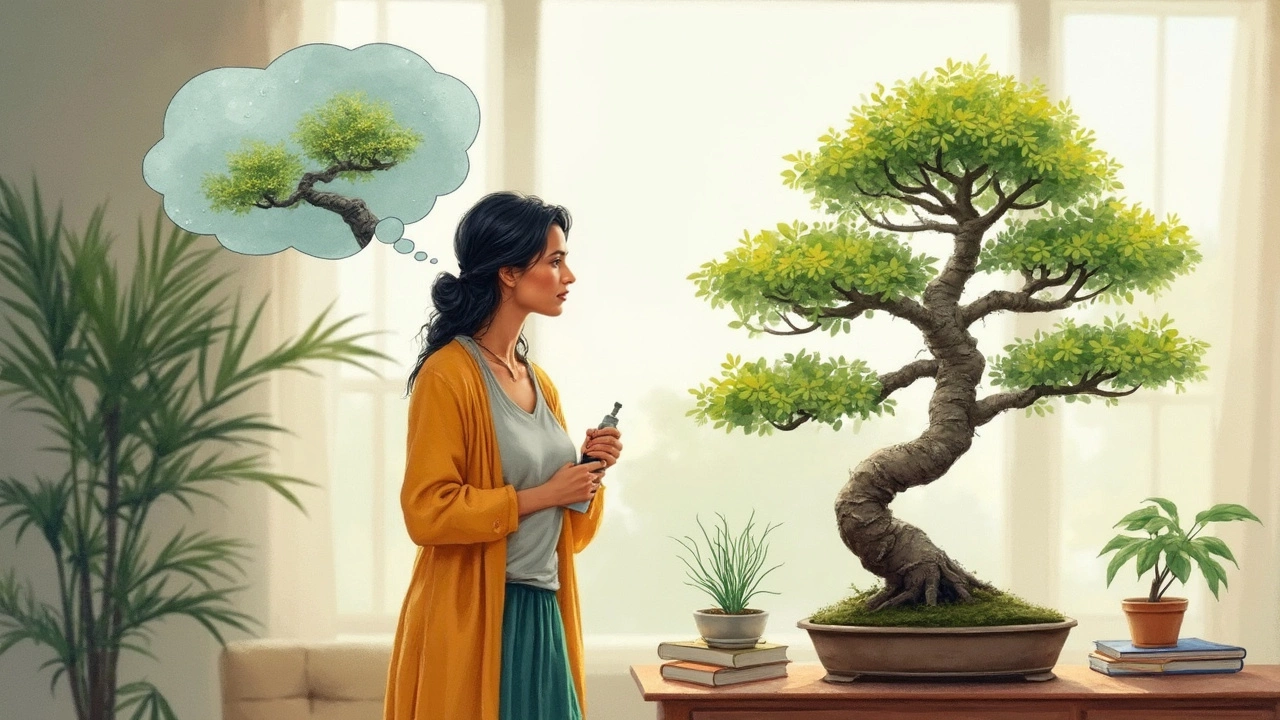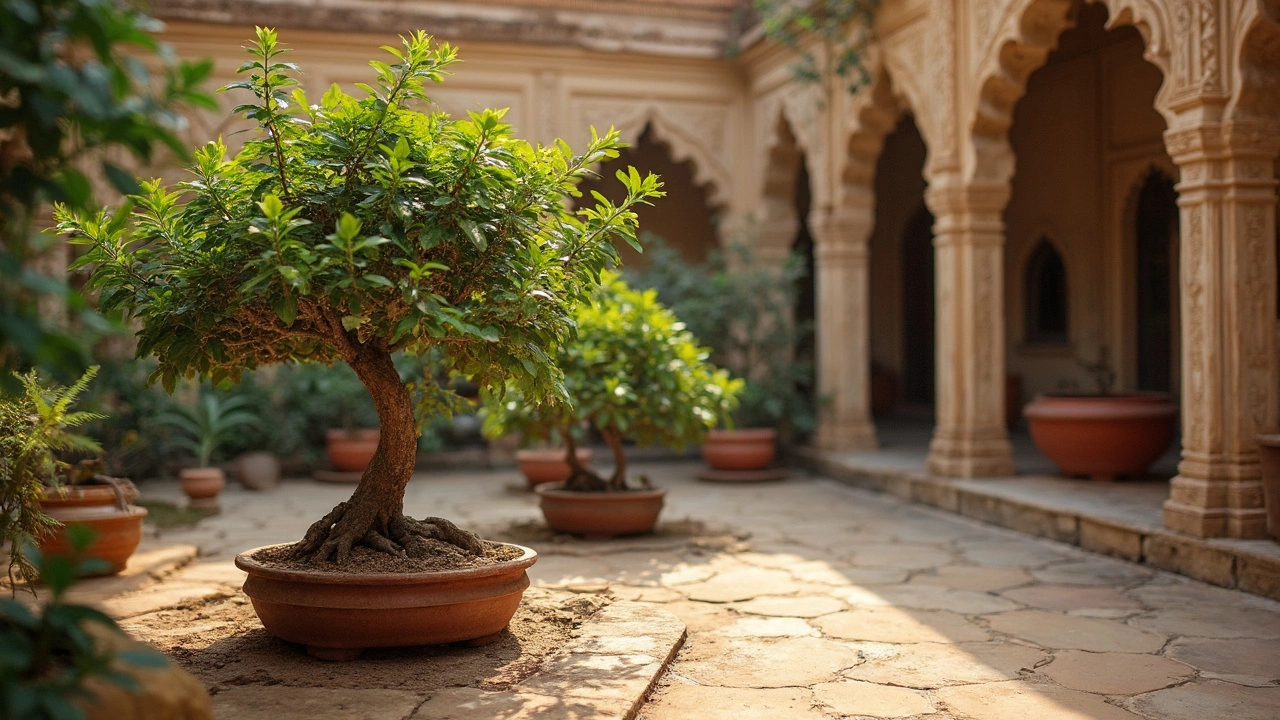Bonsai Care: Simple Steps to Keep Your Mini Tree Healthy
If you’ve ever stared at a tiny tree and wondered how to keep it looking fresh, you’re not alone. Bonsai care may sound fancy, but it’s just regular plant care with a few extra details. Below you’ll find the basics you need to water, prune, feed, and repot your bonsai so it stays vibrant year after year.
Watering – How Much and How Often?
Water is the most common mistake for new bonsai owners. Unlike a big tree, a bonsai’s shallow pot dries out quickly. Check the soil daily – if the top half feels dry, it’s time to water. Use room‑temperature water and let it soak through until it runs out the drainage holes. Avoid letting the pot sit in a saucer of water; that can rot the roots.
Light, Soil, and Feeding
Most bonsai love bright, indirect light. A sunny windowsill works for indoor species, while outdoor varieties need at least four hours of direct sun. Choose a well‑draining soil mix – a blend of akadama, pumice, and lava rock is popular in India because it holds some moisture but never gets soggy. Feed your bonsai every two weeks during the growing season with a balanced, low‑nitrogen fertilizer. Cut back to once a month in winter when growth slows.
Pruning is where bonsai gets its shape. There are two types: maintenance pruning to trim new shoots and structural pruning to change the branch layout. Use clean, sharp scissors and cut just above a node (the point where a leaf meets the stem). Start with small cuts – you can always take more later, but you can’t undo a big slice.
Repotting might sound scary, but it’s essential every two to three years for most species. Early spring, before new growth starts, is the best time. Gently remove the tree, shake off old soil, and trim about a third of the roots. Place the tree back in a slightly larger pot with fresh soil, and water well.
Even though the tag page lists many articles on irrigation, indoor plants, and sustainable gardening, the core ideas apply to bonsai too. For example, the guide on “How Deep Should Drip Irrigation Lines Be Buried?” teaches you how to set up a mini‑drip system if you want precise watering for a collection of bonsai. The indoor plant care article gives quick tips on humidity, which is handy for tropical bonsai that dislike dry air.
Keep an eye out for common pests like aphids or spider mites. A gentle spray of water or a few drops of neem oil usually does the trick. Remember, bonsai are living art – they respond to your care, not the other way around. By checking soil moisture, giving enough light, pruning regularly, and repotting when needed, you’ll see a healthy, well‑shaped tree that brings calm to any space.
Ready to try these steps? Grab a watering can, a pair of sharp scissors, and start caring for your bonsai today. Your mini tree will thank you with graceful branches and vibrant foliage for years to come.
What Is the Golden Rule of Bonsai? Explained
Learn the golden rule of bonsai-a simple principle that keeps miniature trees healthy and natural. Get step‑by‑step guidance, common pitfalls, and a handy checklist.
Should I Mist My Bonsai Tree? The Real Deal on Misting Bonsai
Confused about whether to mist your bonsai tree or not? This article breaks down what misting really does, which bonsai trees benefit from it, and common mistakes to avoid. You'll learn practical methods to keep your bonsai healthy without falling for popular myths. Find out when misting helps—and when it can backfire. Get real, down-to-earth advice on day-to-day bonsai care.
Bonsai Care for Beginners: Simple Steps to a Healthy Tree
New to bonsai trees? This guide explains what you actually need to do to keep your bonsai healthy, from watering and sunlight to pruning and repotting. You'll get straightforward tips that work even if you have zero experience. Plus, you'll learn why certain mistakes can quickly hurt your tree. Get ready to help your bonsai thrive with clear, no-nonsense advice.
What Not to Do with Bonsai: Care Tips to Avoid Pitfalls
Caring for bonsai can be an art, but it's easy to make mistakes that hinder their growth. This article highlights common pitfalls to avoid when nurturing these miniature wonders. From over-watering to improper pruning, learn what actions might harm your bonsai and how to foster a thriving environment instead. Discover straightforward tips for nurturing your bonsai and ensuring their long-term health.
Identifying an Overwatered Bonsai Tree
Is your bonsai looking less than cheerful? Overwatering might be the culprit. Recognizing the signs early can save your miniature tree from a gloomy fate. From yellow leaves to root troubles, this guide walks you through the symptoms and lets you know how to correct your watering habits. Master the balance to ensure your bonsai thrives.
About
Bonsai Care
Latest Posts

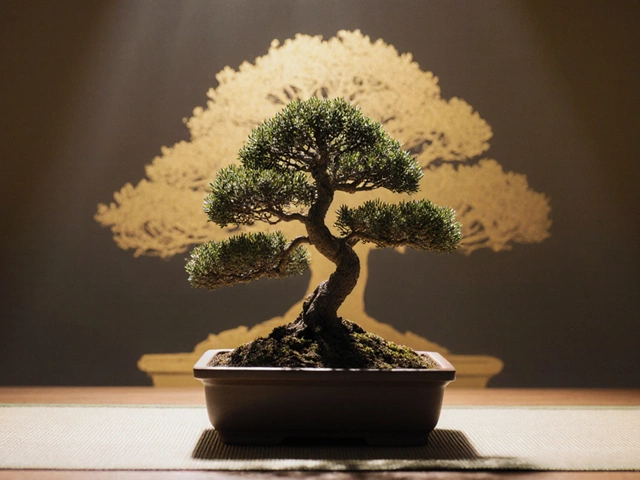
What Is the Golden Rule of Bonsai? Explained
By Alden Thorne Oct 10, 2025

Which Country Is 100% Vegetarian? Real Answers for Plant Lovers
By Alden Thorne May 22, 2025

Vegetables That Grow Well Next to Each Other: Smart Pairings for a Healthy Garden
By Alden Thorne May 13, 2025
